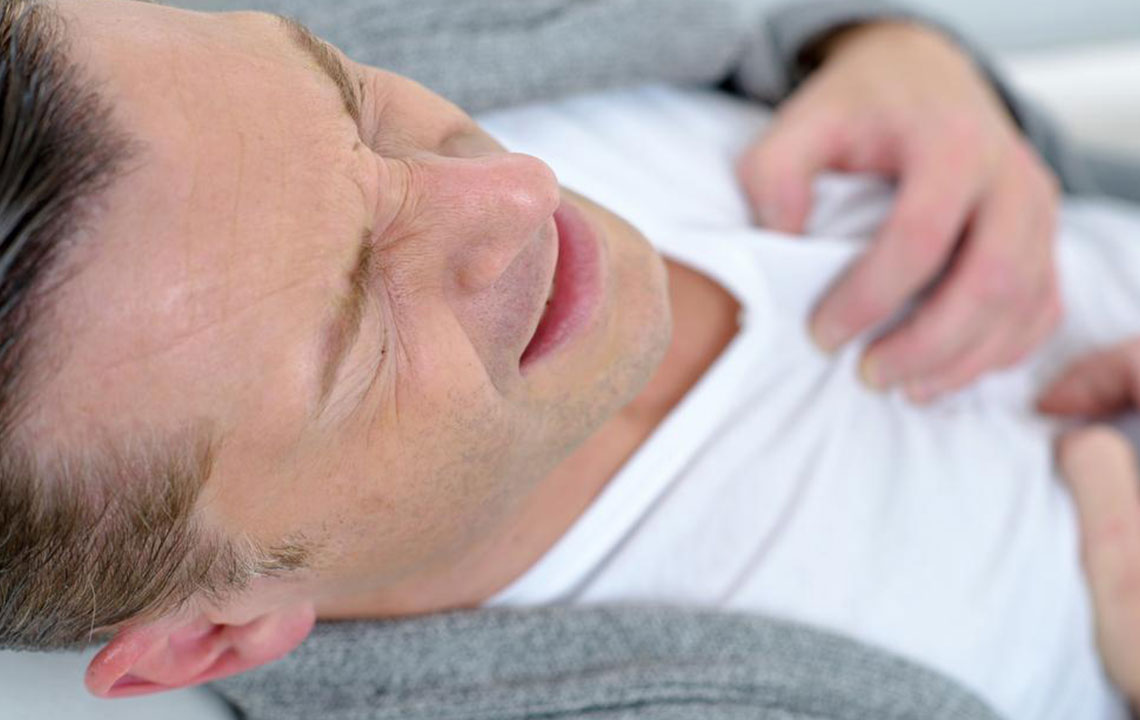Understanding Partial (Focal) Seizures: Symptoms and Treatment Strategies
This article explains partial (focal) seizures, including common symptoms, causes, and treatment options. It emphasizes the importance of early diagnosis using imaging and EEG tests, and highlights lifestyle adjustments and medical interventions. Recognizing seizure signs promptly can lead to effective management and improve quality of life. Seek medical advice if experiencing any related symptoms, especially if they persist or worsen.

Understanding Partial (Focal) Seizures: Symptoms and Treatment Strategies
What are seizures and their types?
Seizures happen when electrical signals in the brain malfunction, causing abnormal activity. This sudden surge results in a seizure. There are two main types: generalized seizures, affecting the entire brain, and partial seizures, involving only a specific brain area.
A focal seizure, also known as a partial seizure, can be caused by various factors.
The primary causes include stroke, head injury, high blood pressure, epilepsy, congenital brain anomalies, kidney or liver failure. External factors like bites, infections, drug use, or stings can also trigger partial seizures. They are more common in seniors over 65.
Common symptoms of partial seizures
These seizures impact both physical and emotional well-being and can affect anyone over age 1, sometimes mimicking mental health or neurological disorders. Symptoms typically last seconds to minutes.
Symptoms include:
Repetitive movements like hand rubbing
Nausea and unease without clear cause
Uncontrollable jerking motions
Feeling sensations like crawling on the skin without reason
Continuous chewing or oral movements
Uncontrollable eye movements and pupil dilation
Memory lapses regarding recent events
Sudden flushing of face or neck
Unexplained laughing or crying episodes
Heightened anxiety and fearfulness
Profuse sweating without exertion
Staring spells
Persistent abdominal pain
Hallucinations
Feeling wakeful yet unconscious
Inability to speak despite clear thoughts
Local muscle contractions
Tingling sensations in specific areas
Walking in repeated circles
Sudden shifts in mood
Seeing flashes of light during the day
Feeling cold then hot unexpectedly
Sudden increases in heart rate
Severe focal seizures may show generalized signs such as bladder loss, eye rolling, balance issues, breathing difficulties, muscle stiffness, or limpness. Some individuals recover quickly, while others struggle post-seizure.
If symptoms appear, immediate medical consultation is advised. Call emergency services if symptoms last longer than a few minutes.
Treatment options for focal seizures
Diagnosis involves tests like CT scans, MRI scans, and EEGs to evaluate brain activity and pinpoint causes. Identifying the underlying reason guides proper treatment. Early intervention is critical, as seizures can cause emotional distress or suicidal thoughts. Medication is often prescribed to control the condition. Lifestyle modifications such as regular exercise, meditation, and adequate sleep are recommended, and in severe cases, surgery may be considered.
Note:
Information provided here is for educational purposes. Consult healthcare professionals for diagnosis and treatment. The content aims to inform but does not replace professional medical advice. The website disclaims responsibility for any inaccuracies or differences in data across sources. Readers should seek personalized medical guidance for health concerns.










